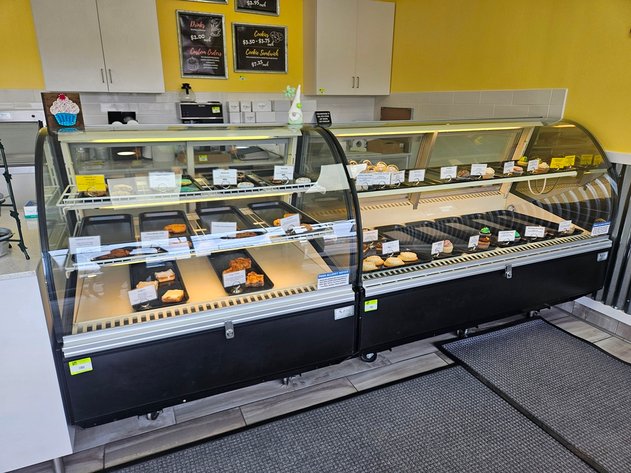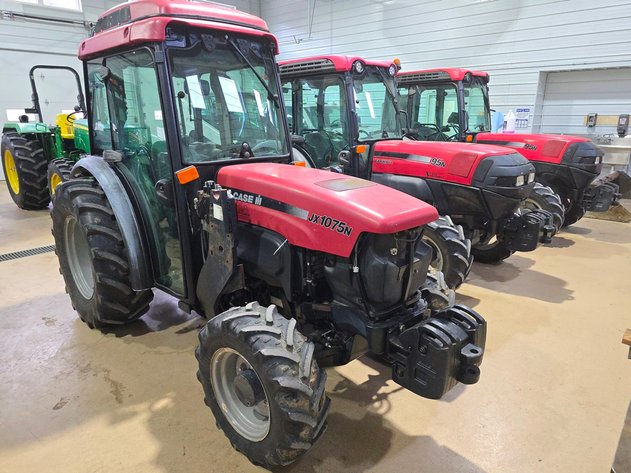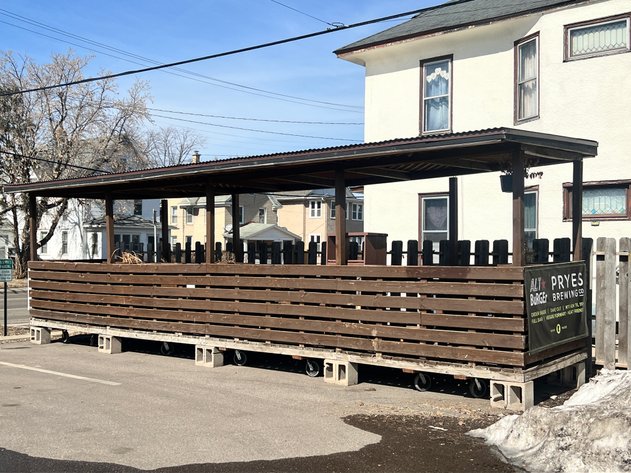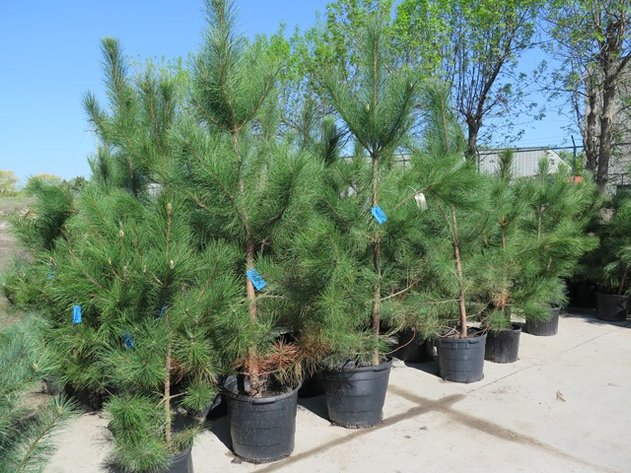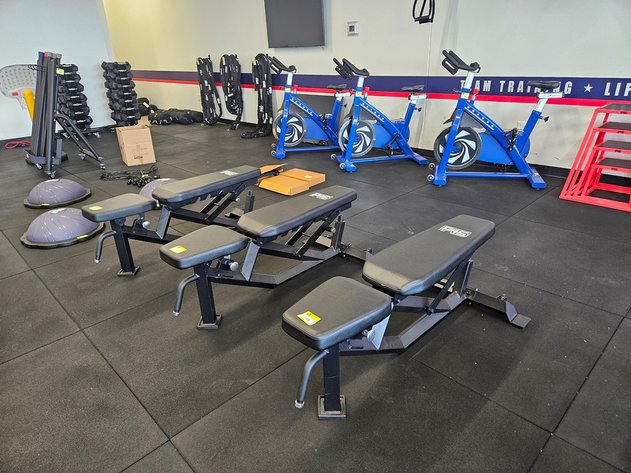Supply Chains May See A Better Fate In 2022 | Auction Masters
A Product Creation and Delivery Innovation
Business owners and consumers alike spent much of 2021 frustrated about the time it took to get their goods and services delivered to their facilities and homes. It appeared that every explanation included the words ‘supply chain’ painted as the nefarious culprit. And indeed, the supply chain experienced challenges unlike any it has seen since its creation after World War II. This caused tsunami-like disruptions in production and deliveries around the globe. But, we may be heading into calmer waters as trends begin to turn.
As a part of the Auction Masters ongoing obligation to help business owners understand industry trends and developments that may affect them, today we are covering the supply chain conundrum that continues to cause a lot of headaches and how those problems may be subsiding in 2022.
Supply chains have created some of the most advanced efficiencies in product creation and distribution that this world has ever seen. Though they provide the most streamlined system of delivery we can imagine, they are still very challenging to run and maintain. Think dominoes. Each point in the chain relies on the previous and next point to help complete the cycle of product creation and delivery.
The Challenge Of Supply Chain Innovation
As business owners and consumers, we want those dominoes to fall without a hitch all the way up to our doorsteps with the package landing on time. And when things are going well, this is most often the case. A predictable two-step process is to be expected. 1) You order supplies, parts, and products. 2) They are delivered shortly after with the last domino falling at your doorstep in the form of your purchase ready for use. But if the dominoes don’t fall, nothing happens. And in many cases over the course of 2021, those dominoes stood still.
The Great Disruptor To The World’s Supply Chain
The recent pandemic changed the buying habits of people around the globe. In a matter of weeks, entire cultures shifted from socializing in groups and spending time in public to staying home with immediate family. Retail shopping moved from brick-and-mortar to online. The industries that relied on in-person revenue completely shut down. Manufacturers and shipping companies were required to send workers home and close their doors. International transportation stopped. The tremors of a supply chain disruption rumbled like an oncoming earthquake that would span the globe.
Then as the quarantines set in and people realized that this was not going to be a short-term situation, consumer demand for in-home products and services skyrocketed. As those demands continued to rise like never before, so did the pandemic related shutdowns at the world’s major ports and manufacturing centers, causing unprecedented delays in production and delivery.
BONUS: After you finish this article, feel free to visit our blog for more insights on how the pandemic affected industries around the world. Many people have found our article on the lumber industry (link below) to be very helpful in understanding the current situation with never-seen-before wood and home building prices.
https://www.auctionmasters.com/spikes-in-lumber-prices-what-does-it-mean-for-independent-contractors/ We made a concerted effort during that time
The Costly Result Of Supply Chain Disruption
With the demands for consumer goods continuing to rise, ocean shipping costs saw astronomical increases throughout the year. Research shows that in 2021 the cost of sending a single shipping container from China to the United States reached an astonishing $20,000!
Record cargo volumes began piling up at major world ports. Places that people had no idea played a critical role in the product delivery chain were now on the radar. Rotterdam, Dubai, Singapore, and Shanghai to name a small batch of important places. The largest port in our nation, Port of Los Angeles, reported the busiest and most demanding September in the 114 years it has operated.
Meanwhile, companies in important sectors such as hauling and warehousing struggled to recruit and retain a sustainable workforce. Some experts believe that the country’s inability to invest in infrastructure was a major cause for this. Also, many qualified workers preferred to take jobs in other sectors that would pay equally with less stress and time away from home. So we saw this deluge of container ships piling up on U.S. shores, coinciding with a complete inability to off-load and make deliveries. Vessels anchored in bays and waited for weeks and sometimes months for clearance to approach the docks.
The Chance For A Rebound Towards Supply Chain Reliability
There are many factors at play in this scenario - including new virus outbreaks, China’s COVID policies and the Lunar New Year, trade tariffs, production short-comings, and logistical issues, but we may likely see production and delivery times returning to a more bearable state during the second half of 2022. Yep, we said the second half. Unfortunately, this isn’t going to fix itself overnight.
Here’s a quick breakdown of how the rebound to reliability will probably look and it is reassuring that we may finally be moving past the worst of the world’s logistical woes. As evidence, we are using industry expert research that we link to at the end of this article for those who want to dig deeper into the weeds on this subject.
The Peak Of Consumer Demand Has Happened
Industries are not necessarily seeing a drop in these current elevated product and service demands. The evidence points towards consumers continuing to buy at increased levels, but the unprecedented levels of demand we have seen in recent months appears to have hit the crest and is now settling into a more manageable state that can be tolerated by the supply chain.
“The impressive household spending shift towards (durable) goods rather than services, in the context of curfews and lockdowns, should be much more timid going forward, even in the downside scenario of renewed Covid-19 outbreaks,” stated a recently released report by Euler Hermes, the global leader in trade credit insurance.
“Particularly in advanced economies, households are moving toward sustainable consumption, and the replacement cycle of the goods purchased during the pandemic is at least a few years,” Euler Hermes added.
What this means is that demand may be falling to a more “self-regulated normalization,” and supply chains will likely be under less pressure. People are buying products that last longer and will need to be replaced at a lesser frequency. Though demand may dip slightly, the new buying trends toward sustainability will help companies with delivery and even production times as we move forward.
Inventories Return To Levels Predating The Pandemic
Many industries reduced their inventories during the lockdowns of the 2020 pandemic. With a spike in consumer demands, those same industries found themselves in a bind to restock products with hopes of fulfilling newly heightened order numbers.
“The good news is that the urgency to restock has clearly peaked over the past months…and the level of inventories is already above pre-crisis long-term averages among most sectors,” the Euler Hermes report continued.
An important note is that the success of the country’s supply chain will have some reliance on our ability to invest in more optimized hauling and delivery infrastructures. Also, it will be necessary for the delivery sectors to recruit and retain a solid workforce.
Shipping Capacities Will Increase As A Result
With $17 billion being allotted to improve port infrastructures and waterways for the U.S. shipping industry, vessel congestion may see a reduction and delivery capacity could rise to pre-pandemic capability. The U.S. has also committed $25 billion to airport repair, maintenance, and other helpful infrastructure related issues that will certainly benefit the supply chain industry.
We can likely count on the cost of shipping to stay elevated next year. What will help much of the shipping industry is that the capacity is set to increase as global orders for new container ships hit record highs, amounting to 6.4% of the existing fleet, Euler Hermes reported.
“The rapidly growing new transportation capacity orders should turn operational towards the end of 2022, which should significantly ease shipping bottlenecks,” the findings included.
As business owners, this means that we may soon begin to offer shorter delivery times to our customers for the products and services they order. This will be a breath of fresh air to both owners and consumers and will likely help the bottom lines of many businesses who are currently struggling with cash-flow that relies on whole product fulfillment.
At Auction Masters, we remain committed to helping small and large businesses alike navigate industry trends and consumer shifts. We understand that running a business in this time of turmoil is tough and arduous. We know that entrepreneurs have often put all of their energy and time towards growing and maintaining a healthy business and that is why we try to provide as much insight as possible for the small and the larger details of business life.
Whether you are looking to replace older equipment or exit your business and return the building to a ‘broom swept’ condition, we provide turnkey solutions that deliver success.
We place our clients first. We create an experience that is customized through our 6 step appraisal and auction process. Our goal is to make your selling experience simple. Call us today at (763) 428-2271 or visit our website to connect with one of our specialists.
We Are The Experts On Your Side
We’ve worked with businesses of all sizes for over 40 years and our winning process delivers results that our clients appreciate. If you have any questions at all, feel free to reach out to our team.
You can visit the Euler Helms research for an in-depth analysis of their findings here:

